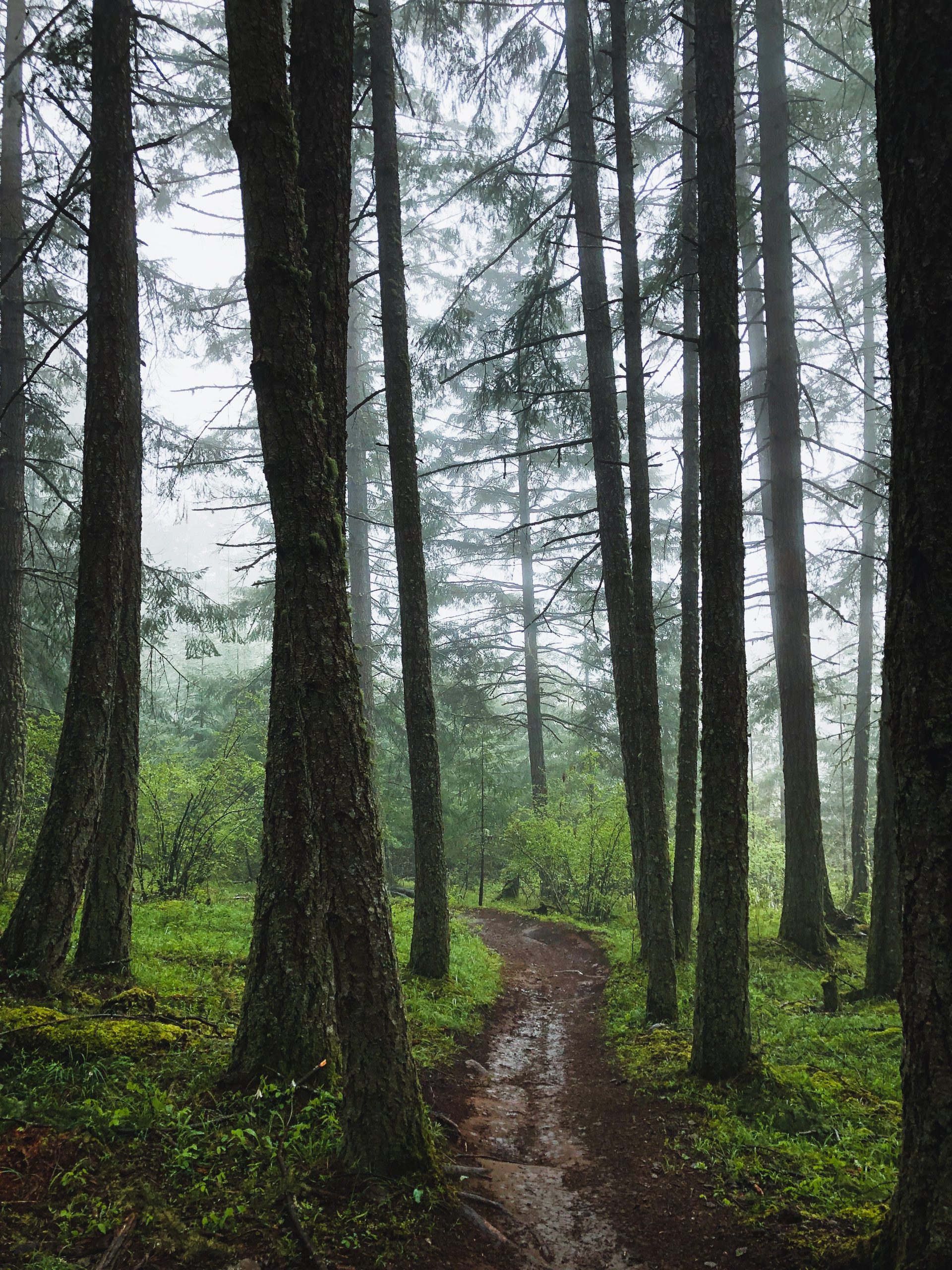Take a deep breath. Hold it for a few seconds. Let it out slowly.
Do you know what you just breathed in? Do you know what’s in the air that you are breathing right now? And why does it matter?
Most of us are somewhat concerned about the quality of the water that we drink. That’s why the global bottled water industry market size was recently valued at 283 billion dollars.
The average human drinks only ½ gallon of water per day. By contrast, the average human breathes over 2000 gallons of air each day.
I think you can see where I am going with this.
We consume infinitely more air than we do water but, unless there is a bad smell in the air, we think about it a lot less.
What are some concerning things that could be in our air that we should be aware of when we travel? Here are a few indoor air quality concerns that you should think about before booking your next stay:
1. Carbon Dioxide- Carbon dioxide is a natural bi product of respiration. We inhale oxygen and we exhale carbon dioxide. When a room is properly ventilated CO2 is harmless. However, when a space is not properly ventilated the CO2 produced from normal breathing can build up in the space. With what results? Excess CO2 can cause headaches, drowsiness and diminished brain function in occupants of a poorly ventilated space. What’s the fix? Proper ventilation. If the air quality outside is good, then natural ventilation (opening a window) is usually the best way to ventilate a space. If opening a window is not possible due to outside air quality or the design of the window itself, then the HVAC system that heats and cools the room should be equipped to bring in fresh air from the outside. Before you book your next stay, it would be a good idea to confirm that the place where you will be staying has either operable windows, or HVAC systems that bring in fresh air from the outside.
2. Carbon Monoxide- Carbon Monoxide is a very dangerous gas that is a byproduct of appliances that use natural gas (such as gas stoves and gas water heaters). The OSHA permissible exposure limit for Carbon Monoxide is 50 parts per million. Exposures over this limit could result in serious injury or death. What’s the fix? Buildings that utilize natural gas appliances should be equipped with carbon monoxide detectors. This is an engineering control. A better solution is elimination. This means using all electric appliances. Before you book your next stay, you might want to confirm whether the place you will be staying uses natural gas appliances. If they do, you want to make sure they have carbon monoxide detectors installed.
3. VOC’s- Volatile Organic Compounds are dangerous gasses that can be emitted from some natural and manmade materials through a process called “off gassing”. These compounds are often found in paints and adhesives used in new construction. They can cause health issues, such as asthma attacks, skin rashes, and can be endocrine disruptors. What is the fix? Using low VOC or zero VOC paints and installing flooring that does not contain formaldehyde are two steps towards eliminating VOC’s in the air that you breath. Especially when you are staying in a newly constructed building it is a good idea to check with building management to find out if they used zero VOC paint and flooring materials that are free of formaldehyde.
Following the travel tips above can help you breathe easy the next time you travel!
